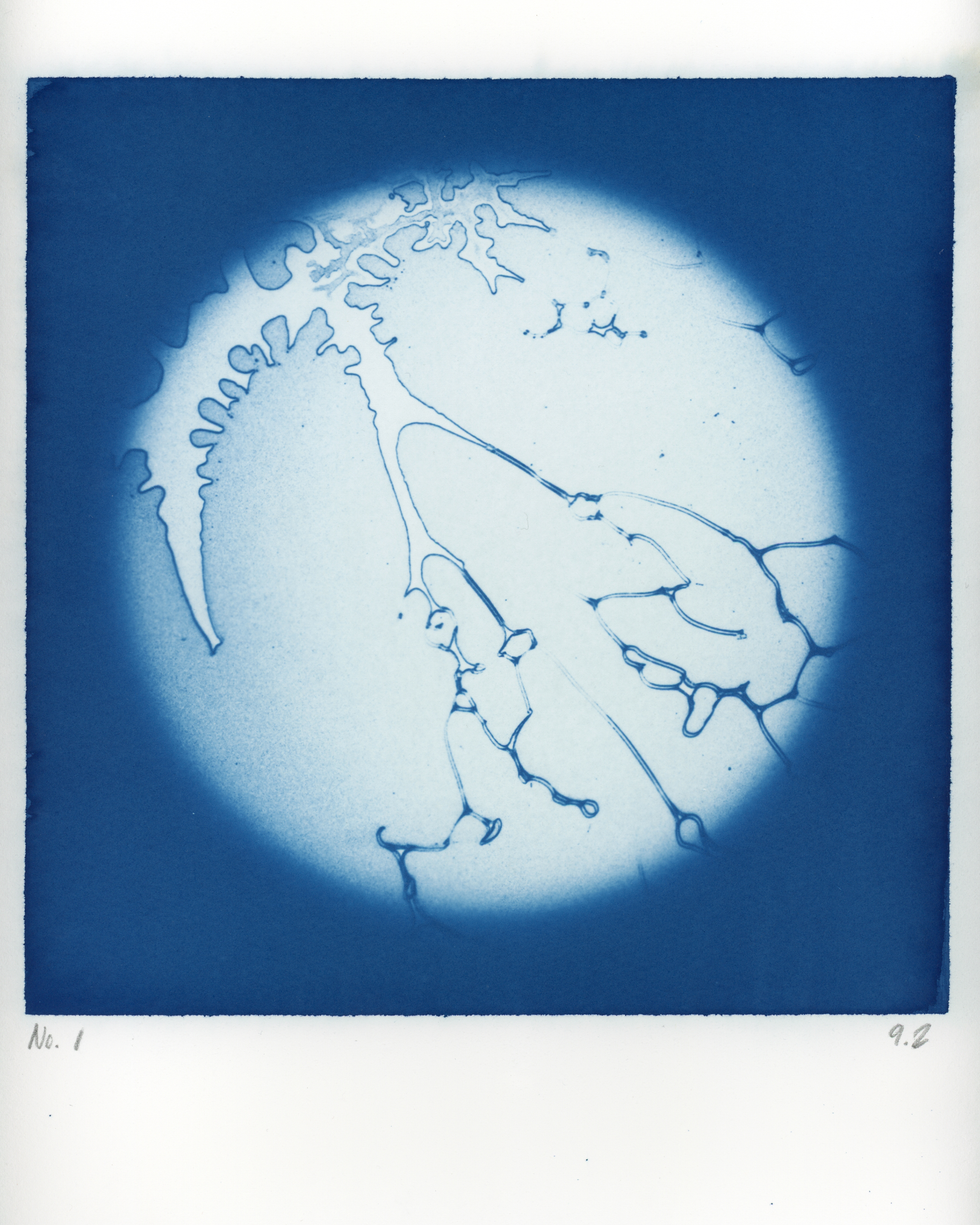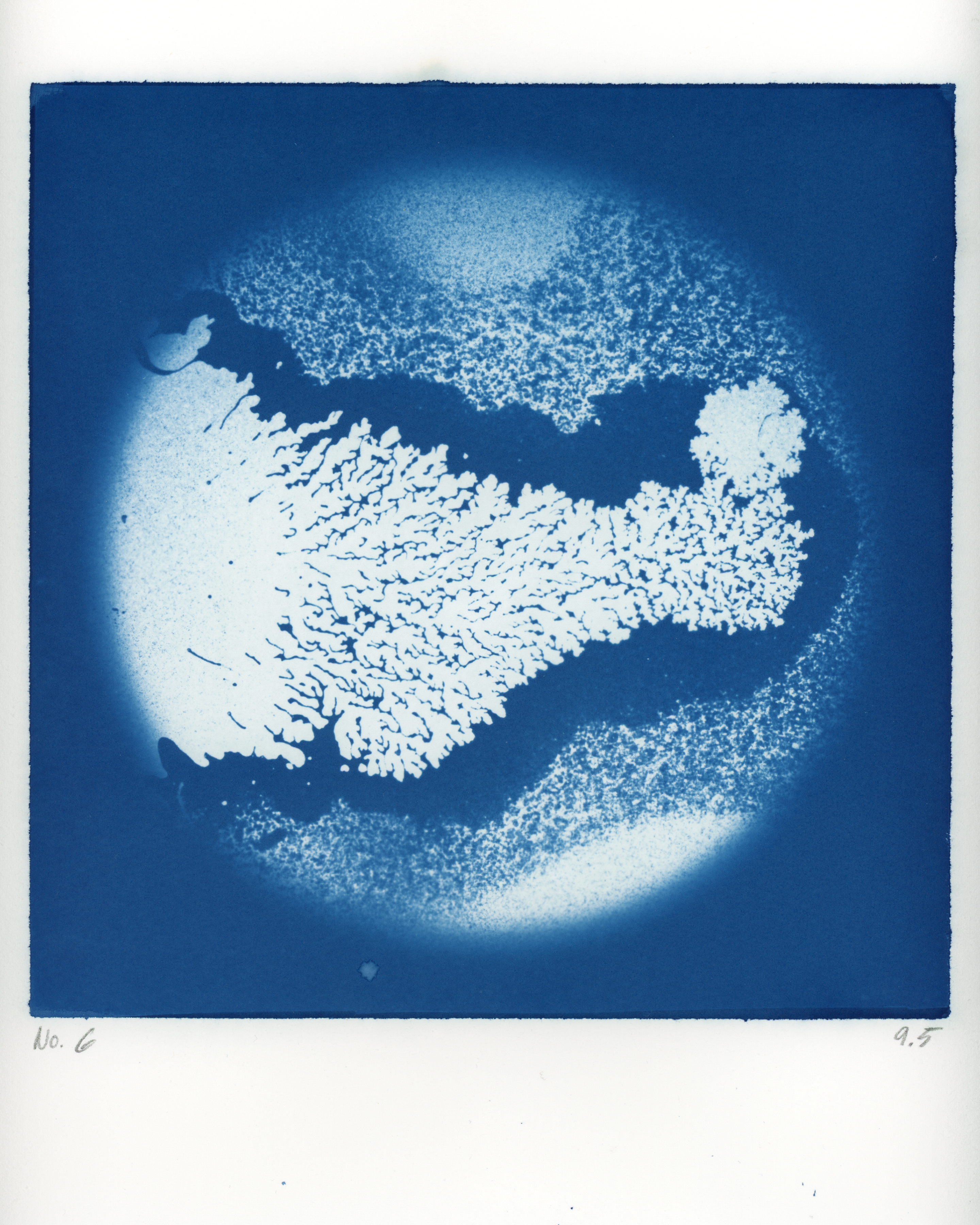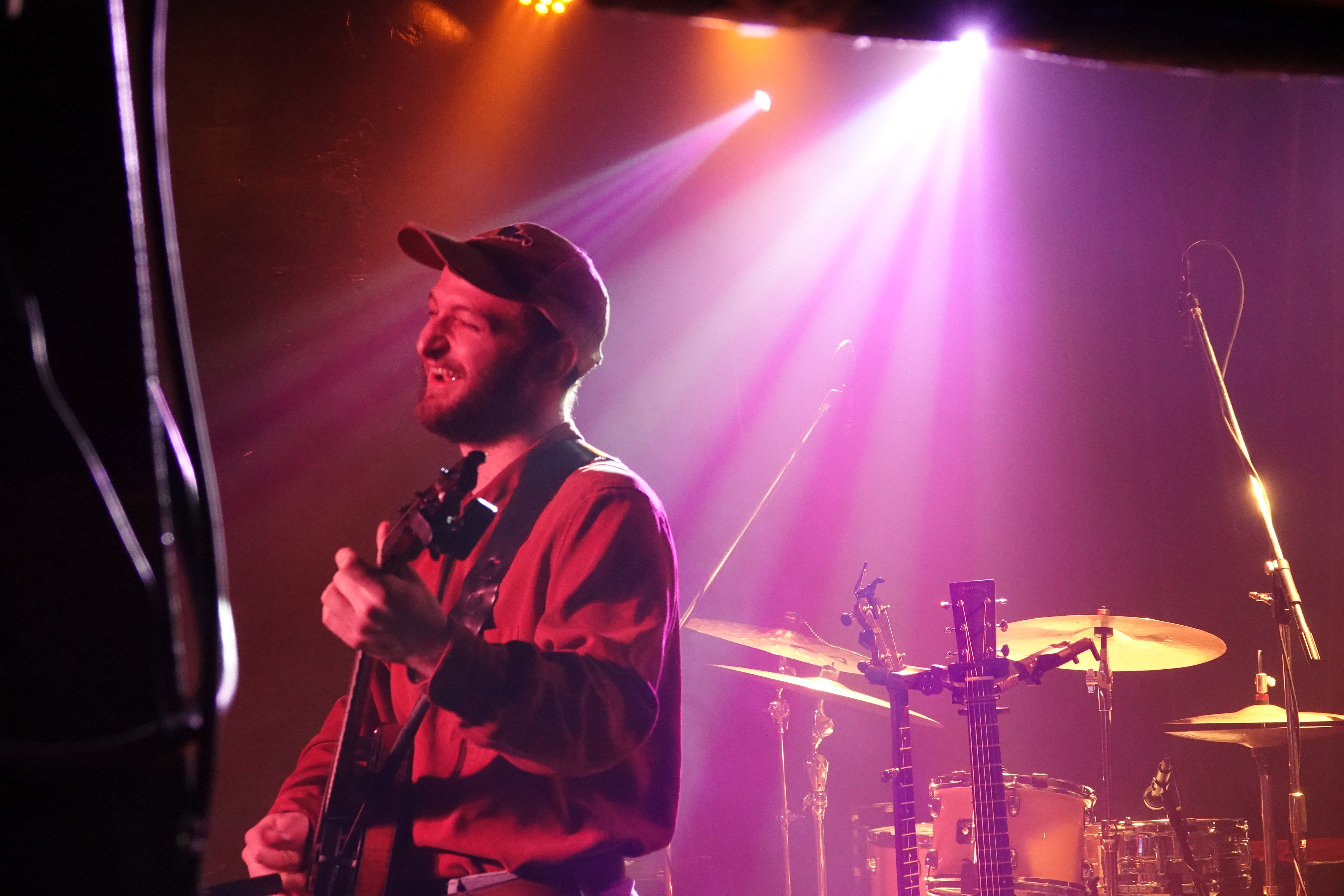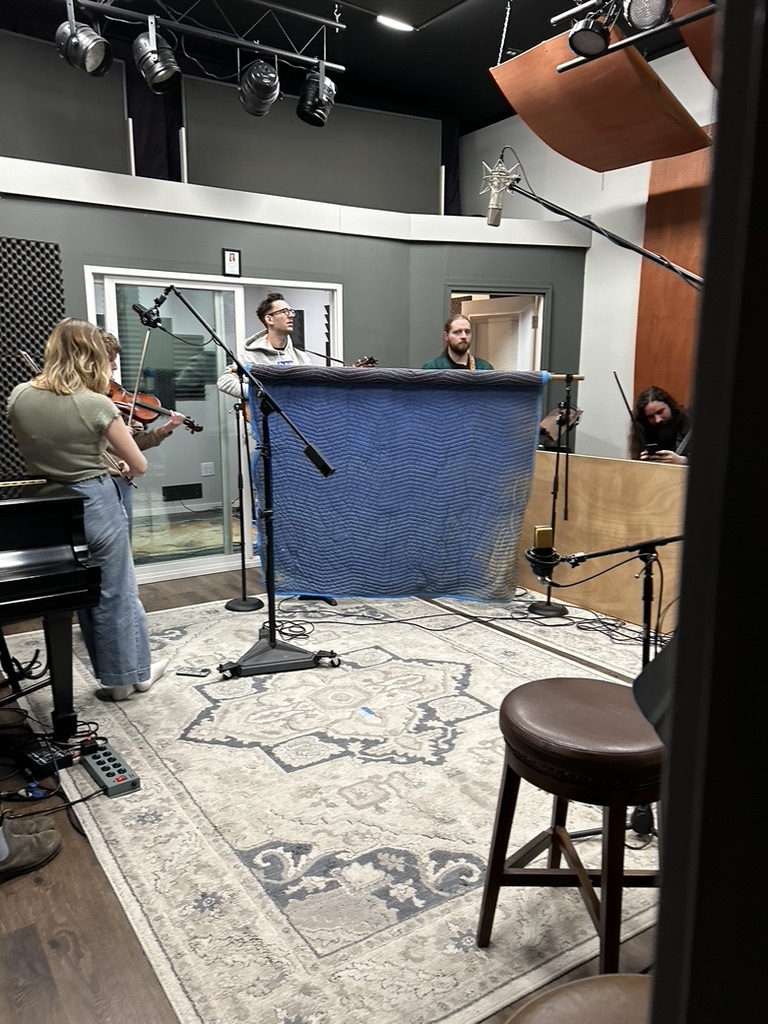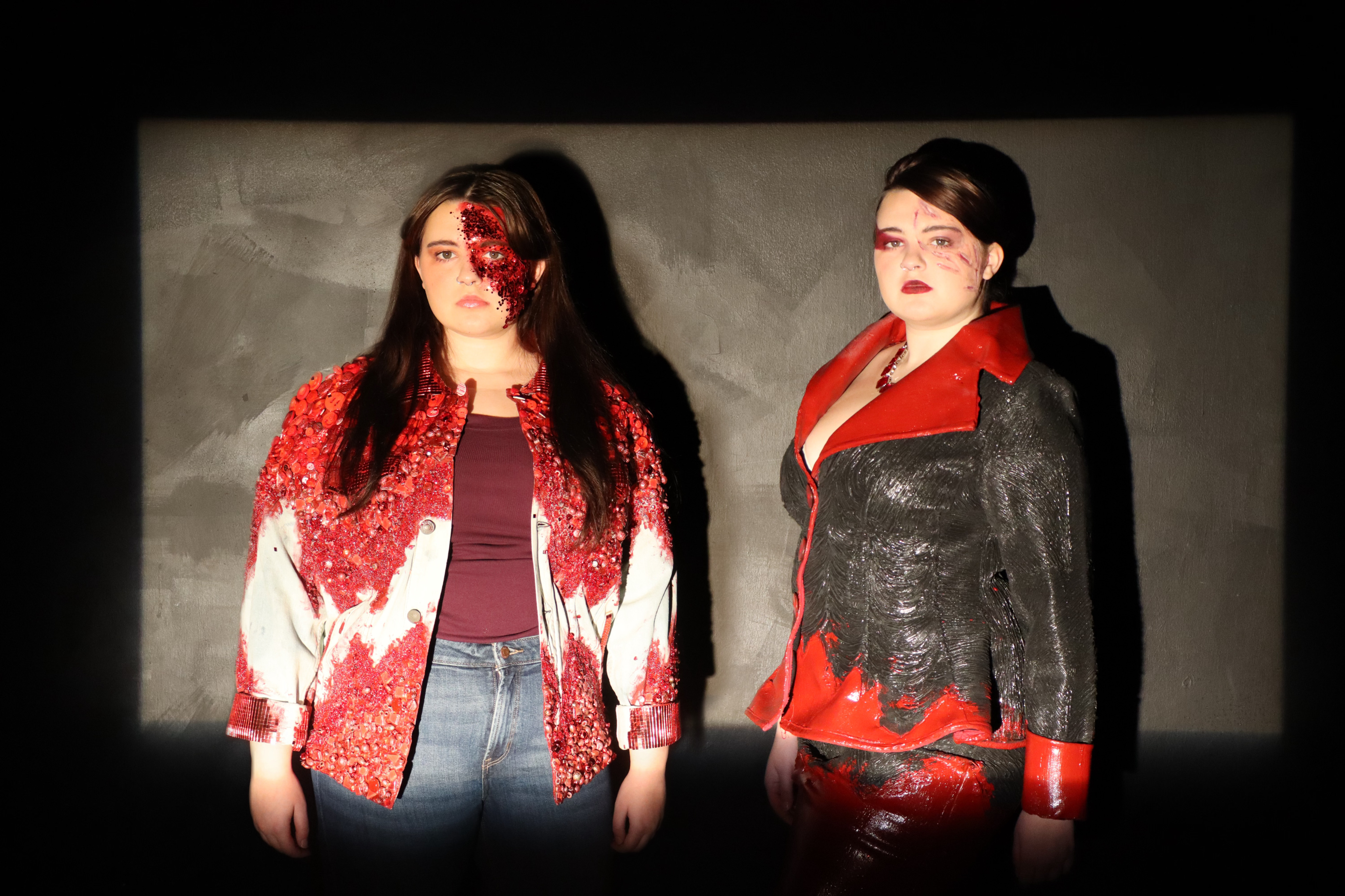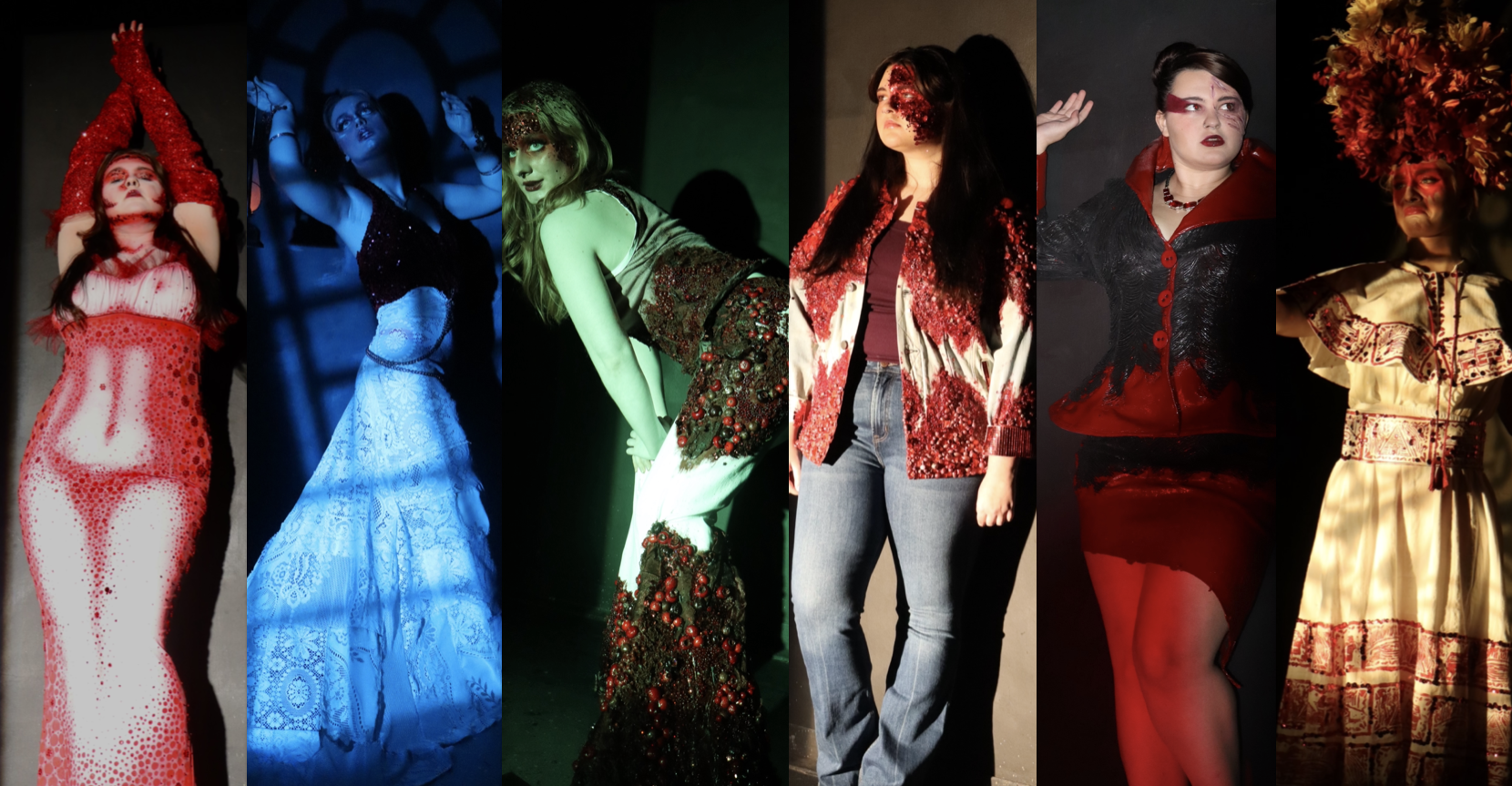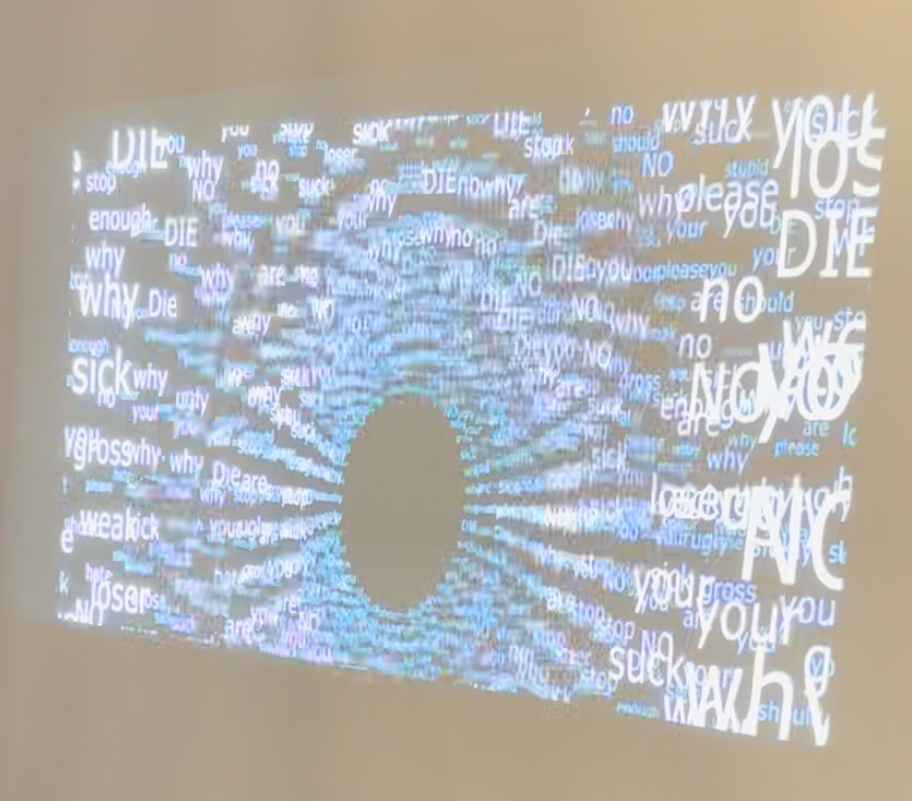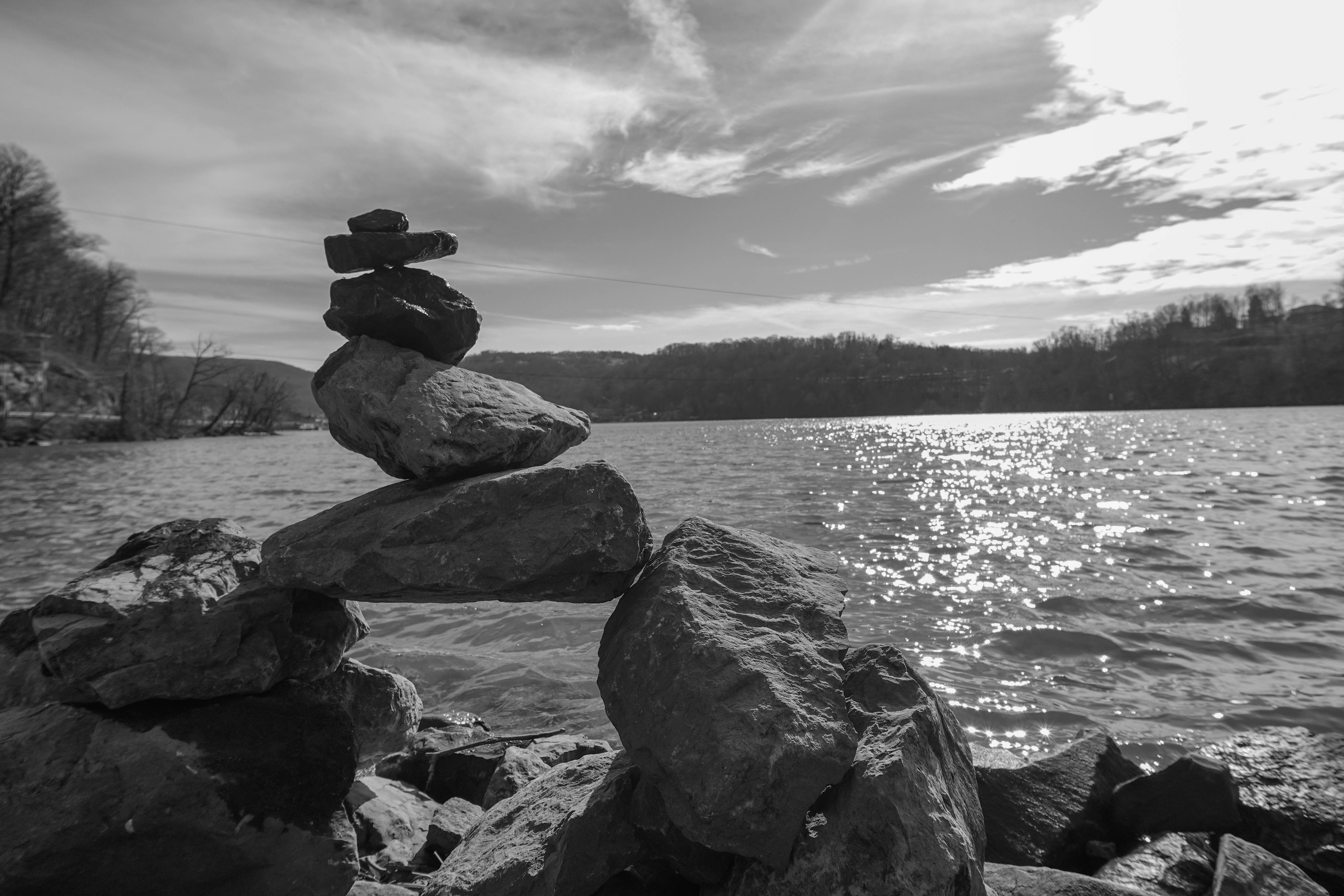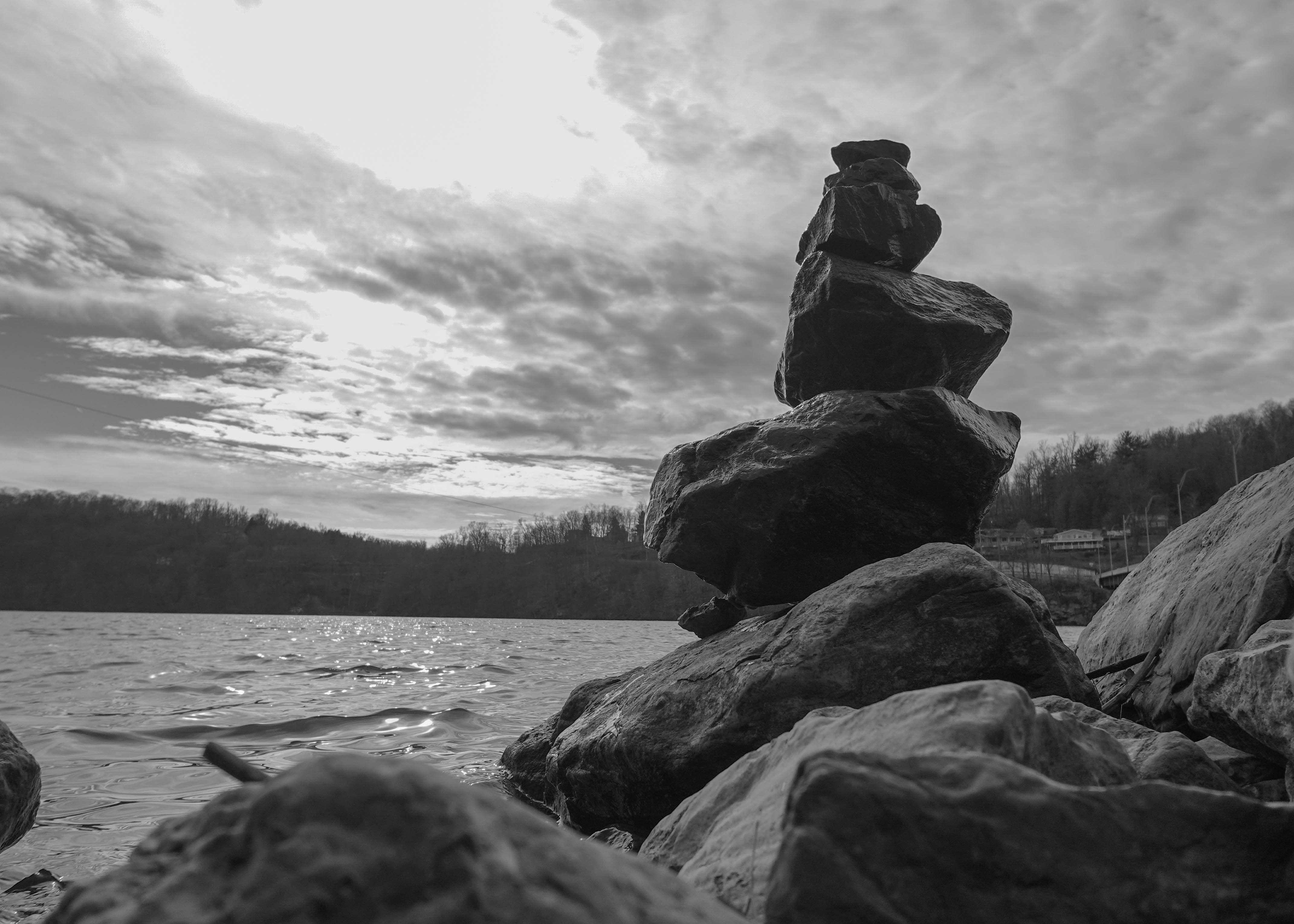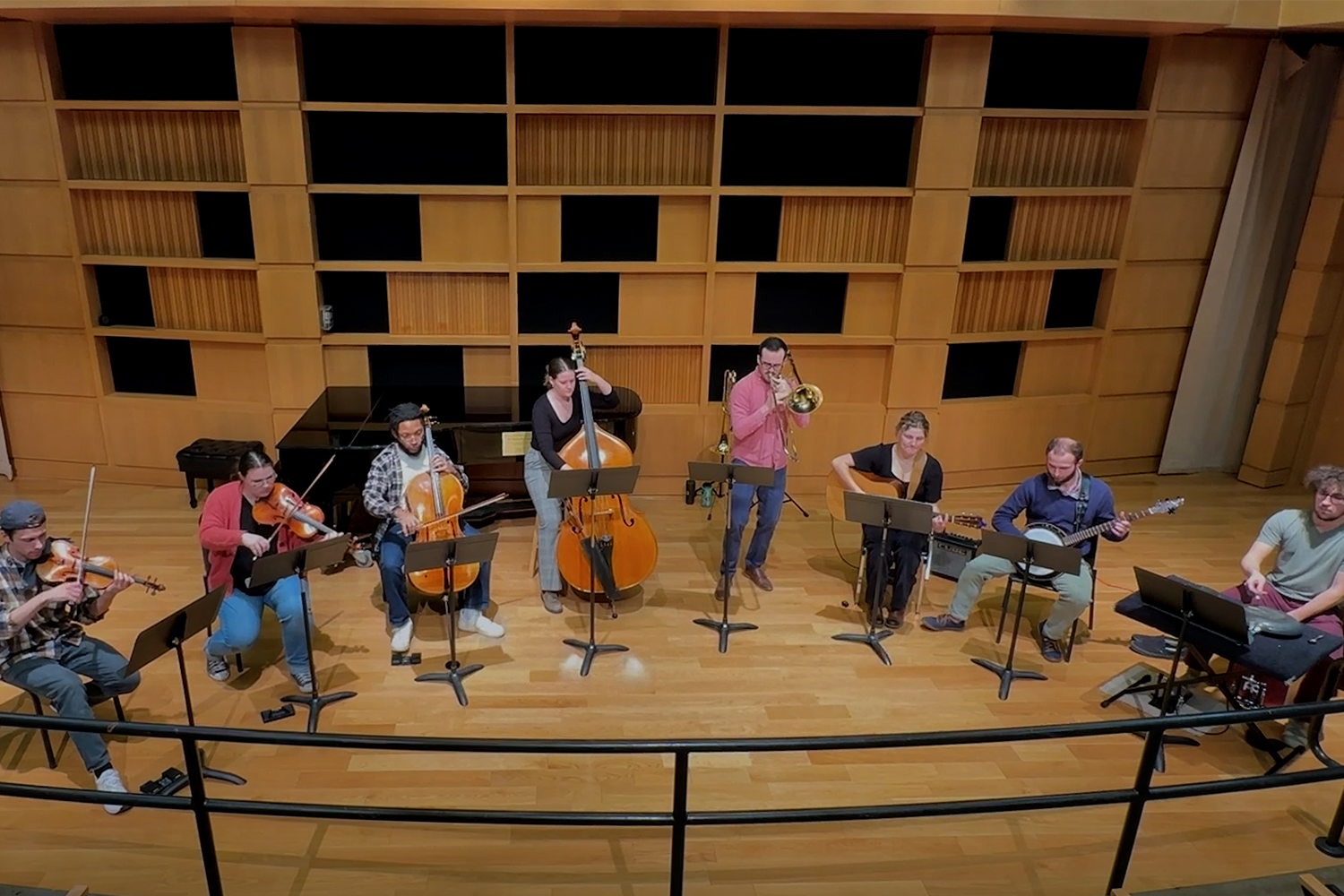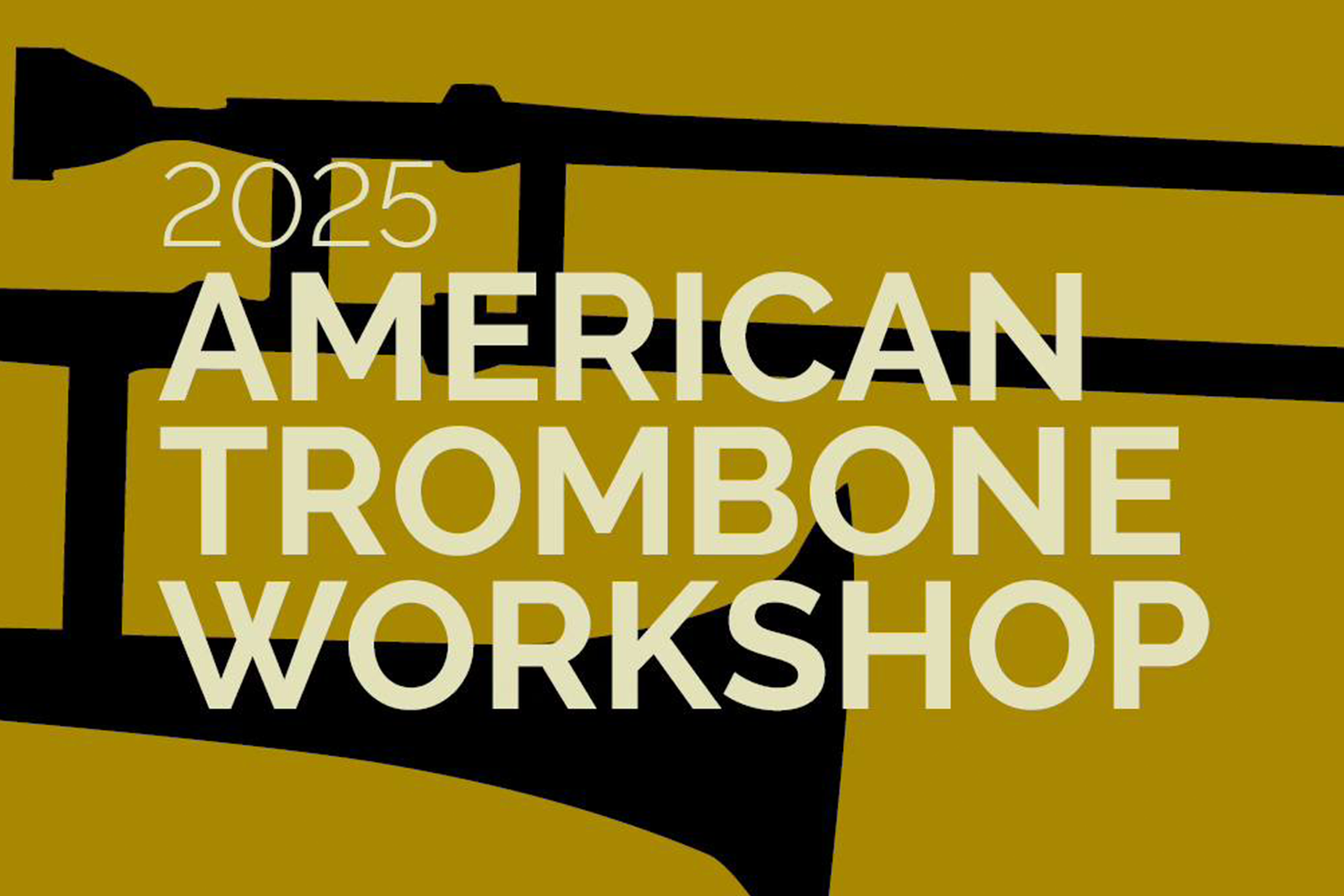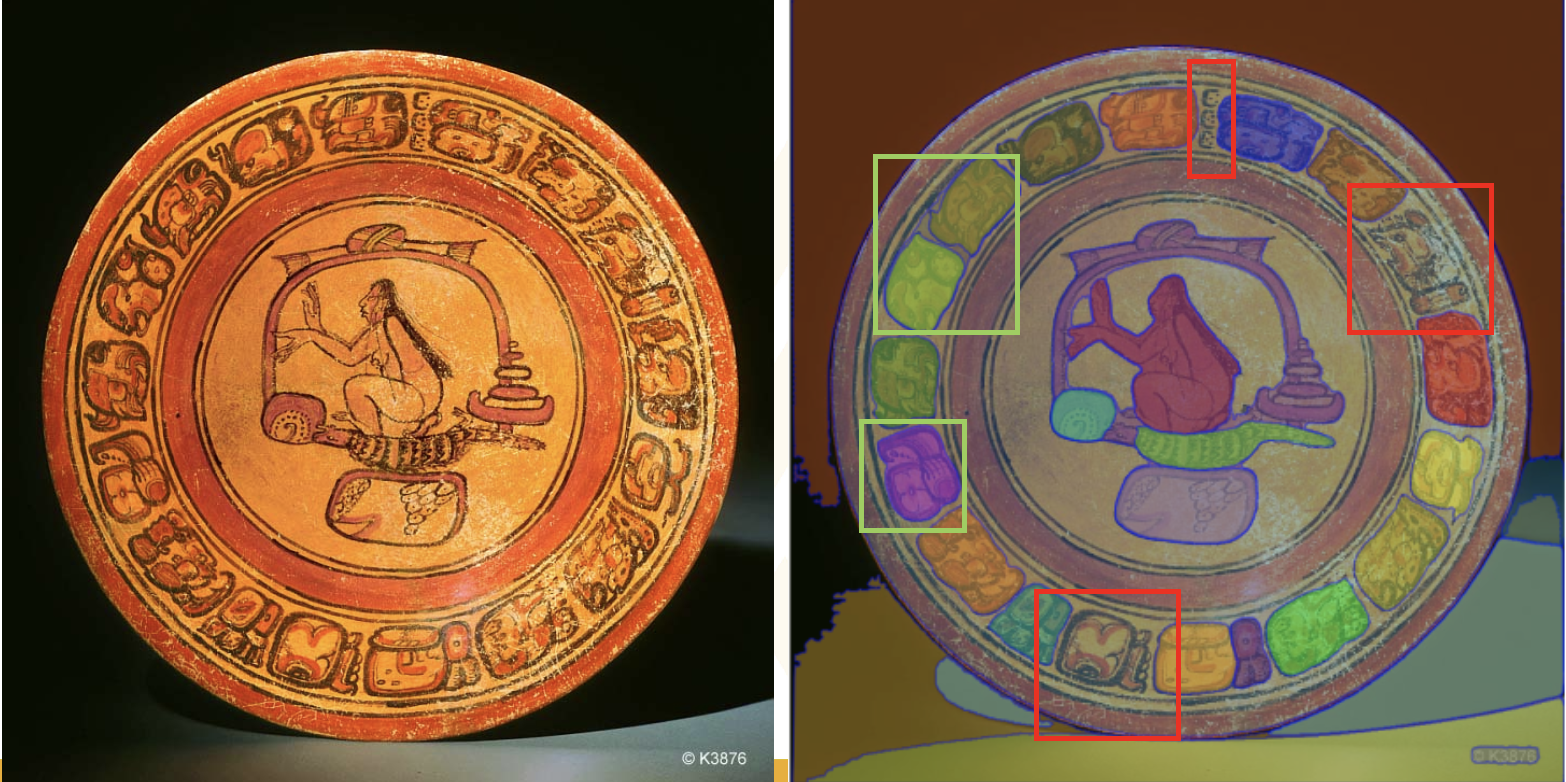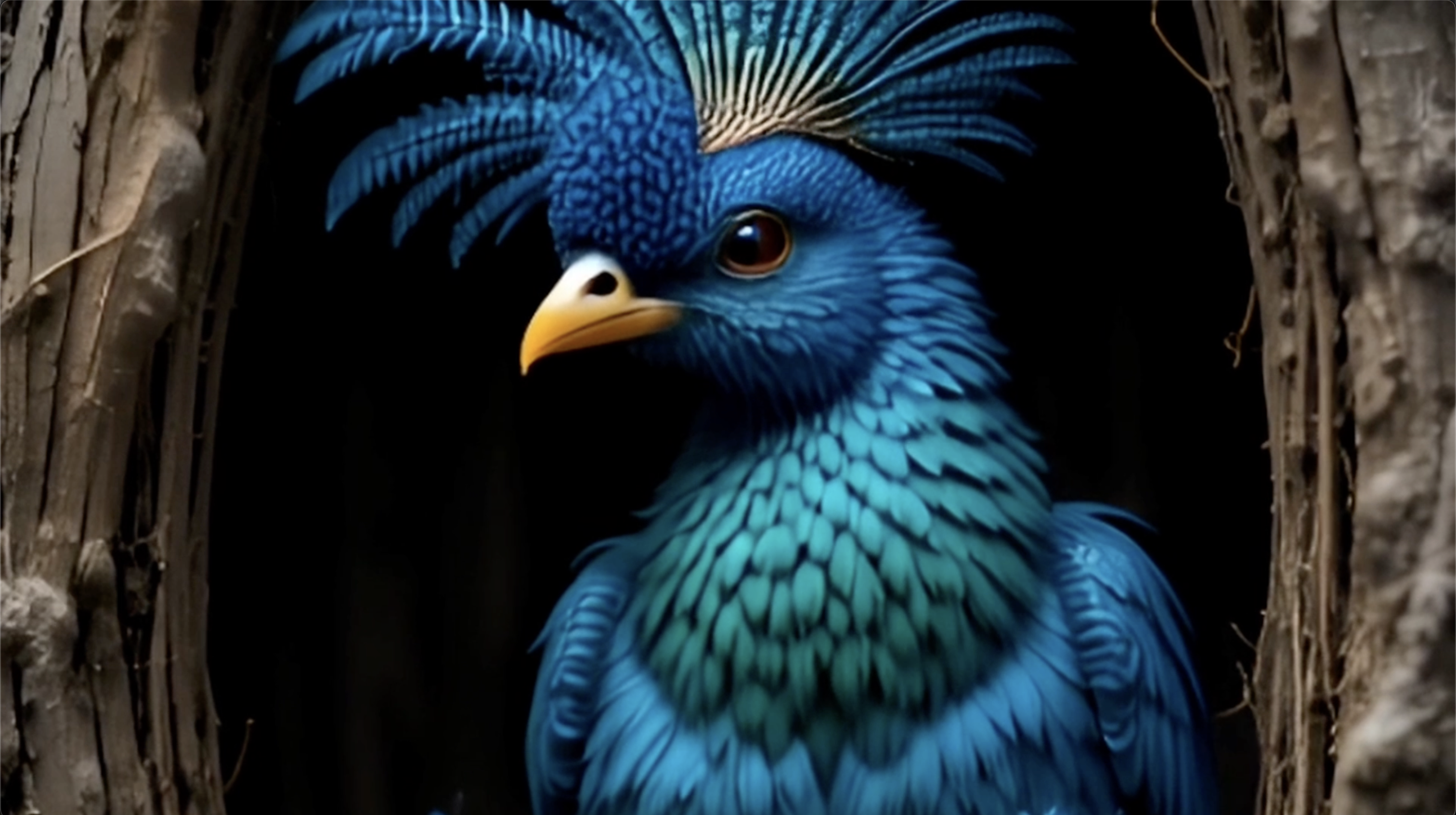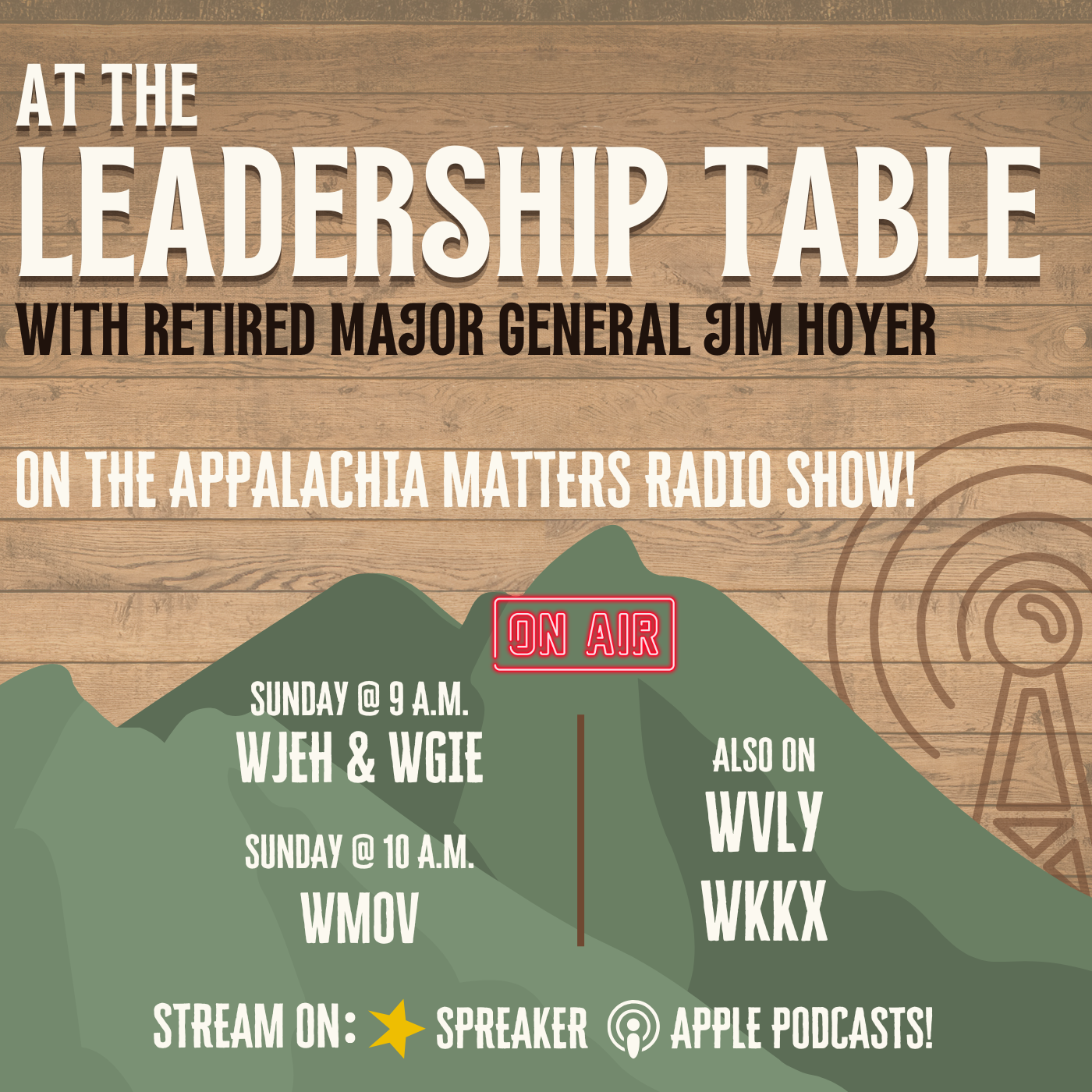Undergraduate
The Effects of Skill Building on Self-Esteem and Self-Efficacy
Dakota Flanagan
Faculty Mentors: Jordon Masters and Anne McFarland
Art Therapy Research Project
January 23, 2024 – March 7, 2025
Art therapy is an emerging field only around 50 years old, and its continued development relies on research to establish new models and methods. This study aims to investigate the relationship between learning new skills, self-esteem, and self-efficacy, with a focus on integrating these findings into the development of innovative art therapy techniques.
Participants will engage in a skill-building workshop centered on creating watercolor paints from scratch—chosen for its accessible yet engaging process. Surveys measuring self-esteem and self-efficacy will be administered before and after the workshop, providing data to evaluate changes in self-esteem and self-efficacy. Researchers hypothesize a positive correlation, with participants reporting improved self-esteem and self-advocacy following the activity. The survey uses pre-established psychological evaluation tests such as Rosenberg Self-Esteem Scale (RSES) for self-esteem and the General Self-Efficacy Scale (GSES) for self-efficacy. Data collected will be examined for measurable trends to determine if the workshop has a positive impact.
If the hypothesis is proven, this research could pave the way for expanded studies on the mental health impacts of skill-building in art therapy. Ultimately, the goal is to create new treatment models, enriching the range of options available to clients and advancing the broader understanding of art as a therapeutic practice through scientifically matched art disciplines.
Microscopic Self-Portraits: Exploring Identity Through Scientific Imaging and Cyanotype
Undergraduate - Honorable MentionAva Furlow
Faculty Mentor: Michael Sherwin
Photography Research Project
August – December 2024
This project is an exploration of scientific photography and self-portraiture,
resulting in what can be described as “microscopic self-portraits.” My
initial question when developing this idea was: “What defines a self
portrait and how can it be reinterpreted?” Using photomicroscopy, each
image contains samples of my own biological material, including skin,
sweat, tears, blood, and hair. The photomicrographic process was made
possible through the WVU Health Sciences College and its Microscopic
Imaging Facility. Each sample was collected in a sterile, procedural
manner, placed on a slide, and meticulously documented, mirroring the
precision of a scientific experiment. The final images were printed in
a circular format using the cyanotype printing process - a deliberate
choice to reference early microscopic photography and historical photographic
printing methods.
Everywhere You Were
Undergraduate - First PlaceIsaac McCarthy
Faculty Mentor: Joshua Swiger
Recording Research Project
May 17, 2024 – present
Showcasing Neo-Traditional stringband at its finest,
Everywhere You Were
is an original EP by Isaac McCarthy to be released in summer 2025.
With a tracklist showcasing Isaac’s ability to shift between bluegrass,
old-time, and folk, Everywhere is Isaac’s contribution to the acoustic
music landscape. For this project, Isaac wrote over 40 original compositions,
5 of which are featured on the final release. Recorded at Blues Alley
Studios, Everywhere You Were is a testament to Isaac’s arranging, compositional,
and performance skills.
The Art of Storytelling: An Educational Art Book
Katherine Skillings
Faculty Mentor: Terese Giobbia
Creating a Book
August 21, 2024 – present
In the modern high school art classroom, students are tasked with projects structured around foundational artistic practices such as figure drawing, portraiture, and still life. These exercises, while grounded in art history and technique, can be seen as rudimentary and redundant when retaught year after year, becoming monotonous and dull. Specifically, there is a lack of personal engagement that can be put into these projects as the main goal is to produce the most “realistic” or “representational” copy of what has been placed in front of the artist. For this age demographic (about 14-18), the ability to infuse personal meaning into their artwork—whether by incorporating elements of their identity, emotions, or the media they engage with—is essential for fostering a deeper connection to the creative process. The objective of this project, based on qualitative research, aims to address this gap between curriculum and student interest by blending traditional techniques with a more flexible, personalized approach to art instruction. Through the lens of an Advanced Painting and Drawing curriculum for high school students, the project integrates a contemporary "art book" that diversifies how core artistic techniques are taught, while also cultivating a space to help students learn how to visually create stories to express their own experiences.
The Final Girl Exodus: An Editorial Study of a Trope
Trace Swisher
Faculty Mentor: Mary Mcclung
Costume Design, Artistic Direction, Photography
August 14 – December 14, 2024
In The Final Girl Exodus, we look into the history of the very iconic horror trope, “The Final Girl”. A strong willed girl that against all odds, survives to tell the tale- this term being coined by Carol J. Clover in her 1987 “Her Body, Himself: Gender in the Slasher Film”. Clover later expanded this analysis in her 1992 book “Men, Women, and Chainsaws: Gender in the Modern Horror Film”. In these works, the “Final Girl” is described as being given the privilege of survival for her implied moral superiority, being the embodiment of purity. As time has progressed, the final girl has become a staple in popular culture- a symbol of hope and empowerment. In this project, I wanted to create a visual timeline of the Final Girl’s history- starting at the beginning, analyzing heroines of gothic literature eventually making our way to the new age of the final girl in modern horror films. In the collection, you can find Mina Harker from Bram Stoker’s Dracula, the original “Scream Queen” Fay Wray, Sally Hardesty from The Texas Chainsaw Massacre, Sidney Prescott from the Scream franchise and Dani Ardor from Midsommar.
Overwhelmed
Kyle West
Faculty Mentor: Jason Zeh
Installation
March 1 – April 17, 2024
Overwhelmed is an interactive installation piece which illuminates themes of intrusive thoughts, evoking the audience utilizing digital media and sculptural elements. The purpose of the piece is to put the viewer in an uncomfortable position and see how they deal with it, while forcing them to reflect on themselves in the process. As for the sculptural elements, there is a silicon hand, made with a life size mold of my hand, intertwined with copper wire that is connected to a Makey Makey in order for the sculpture to act as a button to control what is projected on the screen. The hand is reaching out at the viewer as an indicator that the piece is interactive. Color was avoided within this aspect in order to maintain neutrality and avoid emotional color perception. Silicone was chosen as the material due to its fleshy texture and due to the fact that electronics are in play so I needed something that won’t affect the conductivity of the wires. The initial animation with the hypnotic, moving circle of words was created using Touch Designer and was carefully constructed and revised. The words were chosen in order to allow for the viewer to make their own sentences in their head as the words fly through the animation. The second animation was also created in Touch Designer and utilizes a clip light and camera in order to pick up the viewer's face.
